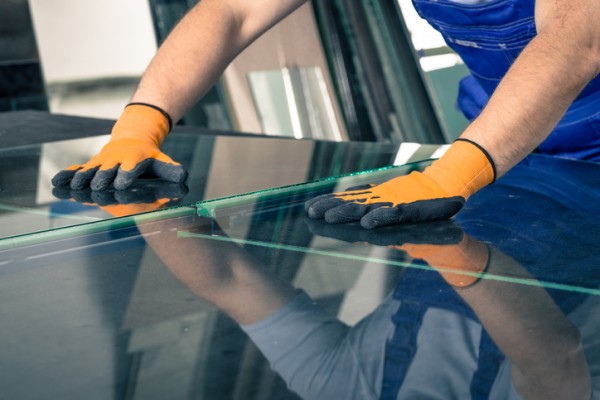
Well-chosen window glass contributes significantly to year-round comfort and reduces reliance on artificial heating and cooling. With energy costs rising and updated building regulations in place, selecting the right glazing is more important than ever.
Why glazing matters
Poorly designed windows and outdated glass types can lead to excessive heat gain in summer and rapid heat loss in winter. This not only reduces comfort but increases demand on mechanical heating and cooling systems. Fortunately, modern glazing solutions offer better thermal control, noise reduction, safety and glare protection.
The market now offers thousands of glass types and glazing configurations, including:
- Double glazing (Insulated Glass Units)
- Low-emissivity (low-e) glass
- Toned or tinted glass
- Laminated safety glass
- Window films
Each option provides different benefits depending on climate, home orientation, and energy performance goals.
Snapshot of common glazing option benefits
| Glazing Type | Energy Efficiency | Noise Reduction | Glare Reduction | Safety |
| Insulated Glass Unit (e.g. double glazing) | ✓✓✓ | ✓✓✓ | ✓✓ | ✓ |
| Low-e Glass | ✓✓✓ | ✓ | ✓✓ | ✓ |
| Laminated Glass | ✓✓ | ✓✓✓ | ✓✓ | ✓✓✓ |
| Toned/Tinted Glass | ✓✓ | ✓ | ✓✓✓ | ✓ |
| Window Film | ✓ | ✓ | ✓✓✓ | ✓ |
Choose glazing based on the combination of performance factors needed in your climate zone.
NCC 2022 compliance and performance metrics
To comply with the National Construction Code (NCC) 2022 and achieve a 7-star NatHERS rating, glazing selection must account for:
- U-value: A measure of heat transfer through the glass. Lower is better.
- Solar Heat Gain Coefficient (SHGC): Proportion of solar radiation admitted. Select higher SHGC for colder climates and lower SHGC for warmer zones.
- Visible Light Transmission (VLT): Affects brightness and glare.
These values must be certified under the Window Energy Rating Scheme (WERS) or AFRC guidelines.
Safety glazing requirements
Under AS 1288 and NCC Part 8.4:
- Glass within 2m of floor level in habitable rooms must be safety glass.
- 4mm toughened glass is now limited to a maximum area of 2m².
- Glazing in bathrooms, stairways, and door surrounds must meet additional impact safety criteria.
Window film: performance boost without full replacement
Window films can improve the thermal and safety performance of existing windows without needing to replace the glass. Films come in solar control, security, or privacy options and may reduce:
- Solar heat gain
- UV exposure
- Glare
- Breakage risk
Note: Not all films are compliant substitutes for certified glazing. Confirm with a qualified supplier.
Suggested diagrams or visuals
- Cross-section diagrams of insulated, laminated, and low-e glazing.
- U-value and SHGC chart comparing glass types by performance.
- Safety zone schematic showing mandatory glass upgrades.
- Before-and-after thermal images showing film/glazing upgrades.
By carefully choosing glazing solutions, you can enhance your home’s thermal performance, safety, and liveability while staying compliant with modern building standards.





